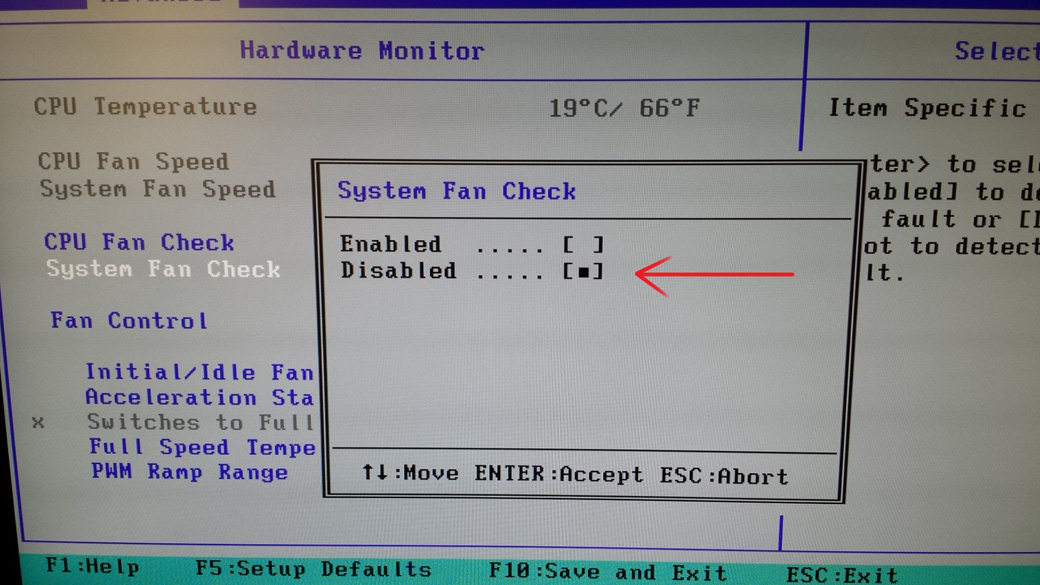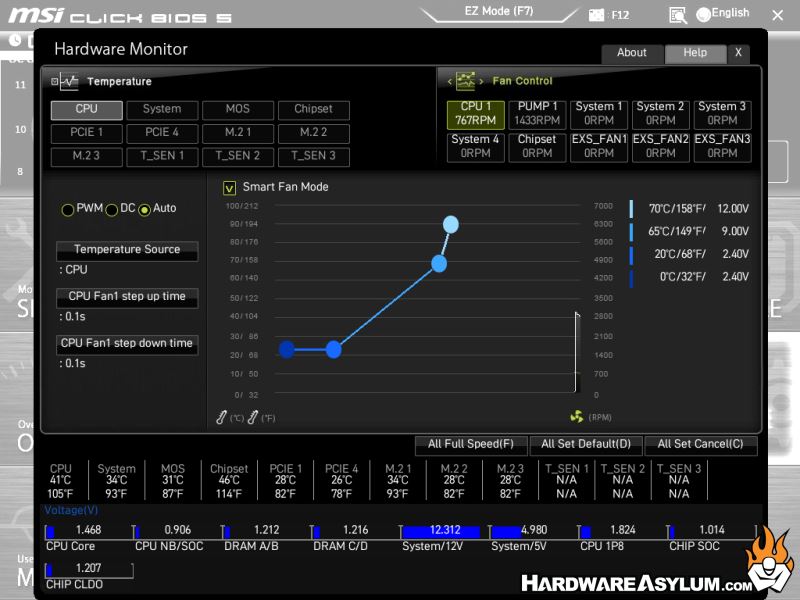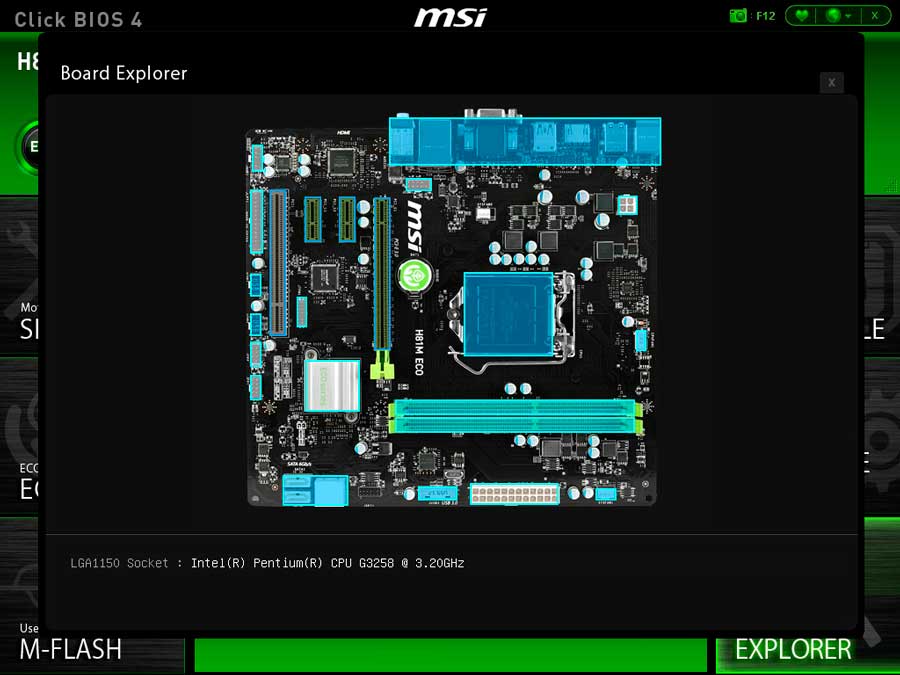

We have a total of four tabs, the first of them allows us to select whether we want the tool to run when Windows starts or not, as well as we can choose the way the program controls the voltage of the graphics card as well as the control of the same, where we can deactivate the voltage control and even force a constant voltage to avoid speed drops. On the other hand, the menu on the right is used to directly select the profiles, the padlock icon if selected prevents the selection of options such as MSI Afterburner starts when Windows starts or stores profiles, the other four options belong to the selection of each one of the 4 profiles. The third option is the settings, which we will discuss in the later section.The second option is the information icon, which will give us more detailed information about our system, but not much more complete than a DXDiag console.The first option in the menu on the left activates the help, which takes us to the MSI page, so for the moment we are not going to pay attention to it, having the help at hand is not always bad.Menus in MSI AfterburnerĪs for the menu on the left, the options we have are the following: We have a section where we can save the profile that we have created. If we click on the floppy disk icon we will see how the numbers in the bar on the right light up, select one and there you will be able to store said profile.The third section is to control the fan speed, temperature and power consumption of the graphics card.
Hardware monitor msi driver#
Hardware monitor msi how to#
Now that you know how to use MSI Afterburner to check PC temp, you’ll find that it’s an easy and convenient way to be sure that your computer is not overheating, especially when playing games. Further, you can customize your monitor on this screen. On checking the above options, you will now see the CPU temperature on MSI Afterburner. If this isn’t displayed, click on the ellipse beside Active hardware monitoring graphs and check CPU.dl and AIDA64.dll.Open MSI Afterburner properties by hitting the cog.Here’s what you should do to bring it up:

But you don’t have to worry about this, because it’s completely normal.


MSI Afterburner hardware monitor showing real-time CPU temperatureĪs you can see, the hardware monitor displays the real-time temperature of my CPU, and this is more detailed than what you’d see on the home interface.įor some systems, the CPU temp will not show in the hardware monitor. Unlike the home interface, the hardware monitor shows you detailed, real-time graphs for your computer’s current GPU usage, memory usage, and CPU temperature. Upon clicking the icon, the hardware monitor shows up on a detached window of MSI Afterburner. To access the MSI AFterburner hardware monitor, click on the Detach icon I have marked in the screenshot below: MSI Afterburner CPU temp check hardware monitor It probably says this because I just installed the tool on this PC a couple of minutes ago, and MSI Afterburner doesn’t have sufficient data about my system yet.Īnother way to check CPU temperature using MSI Afterburner is from the Hardware Monitor. MSI Afterburner check CPU temp from the home interfaceįrom the screenshot above, MSI Afterburner says my CPU temperature is 0 degrees Celsius. TEMP: CPU temperature in degrees celsius.GPU: Graphics Processing Unit (GPU) usage in percentages.Immediately you launch MSI Afterburner, you will see four bars indicating the following: Does MSI Afterburner show CPU temp? Yes, MSI Afterburner shows CPU temps on the home interface as well as the hardware monitor.


 0 kommentar(er)
0 kommentar(er)
